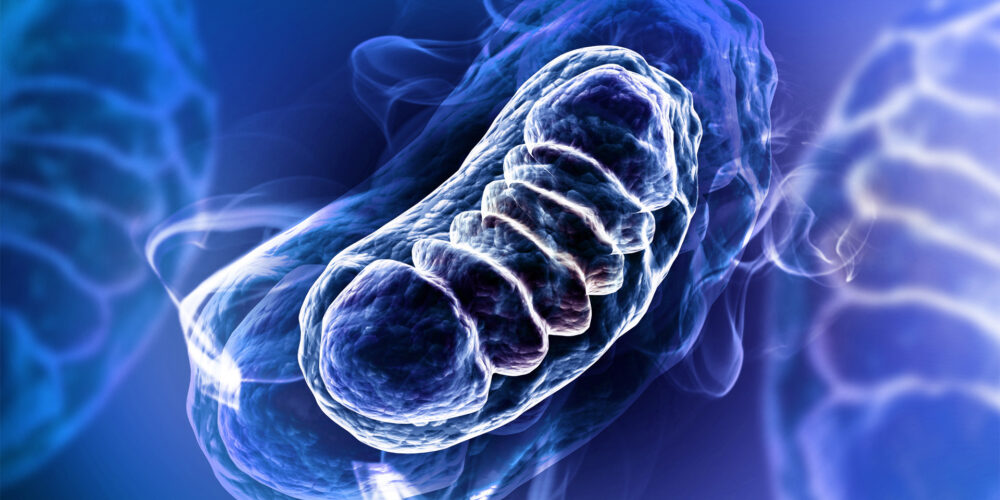Introduction
- Impairment of mitochondrial function is increasingly implicated in the etiology of drug-induced toxicity. For example, mitochondrial dysfunction was found to play a role in the toxicity of troglitazone and cerivastatin which were withdrawn from the US market in 2000 and 2001 respectively1.
- Mitochondria produce >90% of the cellular energy requirements in the form of adenosine triphosphate (ATP) via oxidative phosphorylation.
- Many cell lines developed for use in vitro are metabolically adapted for growth under hypoxic and anaerobic conditions using high glucose media and derive most of their energy from glycolysis rather than mitochondrial oxidative phosphorylation (a process termed the Crabtree effect). This reduces the cells susceptibility to mitochondrial toxicants2.
- Circumventing the Crabtree effect by replacing glucose with galactose in the cell media increases the reliance of the cells on mitochondrial oxidative phosphorylation to obtain ATP. By comparing the toxic effects of different drugs in the glucose and galactose media, it is possible to detect mitochondrial impairment and identify if this is a primary effect or secondary to other cytotoxic mechanisms2.
- Cyprotex evaluates mitochondrial toxicity using HepG2 cells, U-87 MG cells or other cell lines (available on request).
Protocol
Mitochondrial Toxicity (Glu/Gal) Assessment Protocol
Data
Data from Cyprotex's Mitochondrial Toxicity (Glu/Gal) Assessment
Cyprotex's mitochondrial toxicity service is a cell based assay which has been validated using a number of different mitochondrial toxicants and non-mitochondrial toxicant compounds.
A mitochondrial toxicant is indicated by a greater than three-fold change in IC50 value observed in the galactose media compared to the glucose media. Figure 1 illustrates the data for the mitochondrial toxicant, papaverine (A), and the non mitochondrial toxicant, tamoxifen (B). A 7.91 fold increase in IC50 value is observed for papaverine in galactose media compared with glucose media (table 1). No fold change was observed with the non-mitochondrial toxicant (tamoxifen).
References
1) Dykens JA and Will Y (2007) Drug Discovery Today 12; 777-785
2) Marroquin LD et al., (2007) Toxicol Sci (97)2; 539-547
3) Eakins J, Bauch C, Woodhouse H et al (2016) Toxicol In Vitro 34:161–170. https://doi.org/10.1016/j.tiv.2016.03.016

